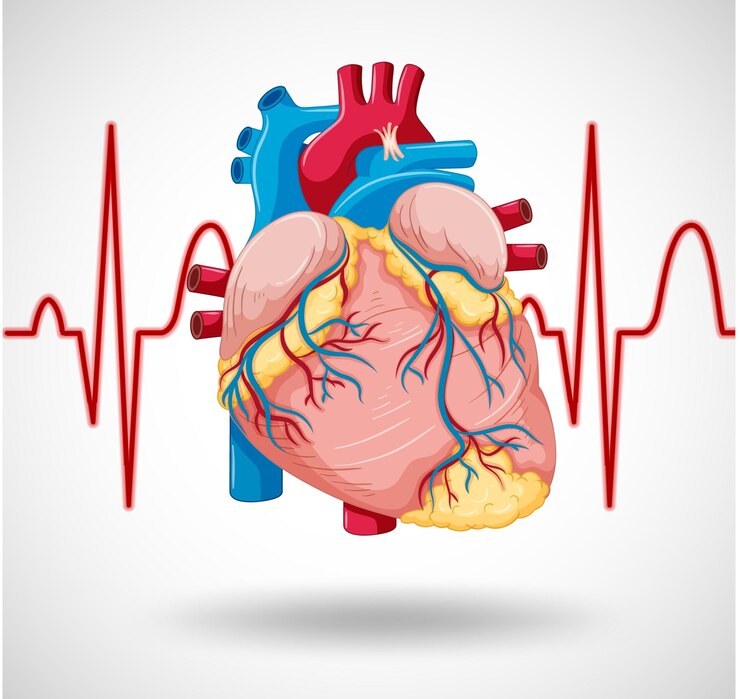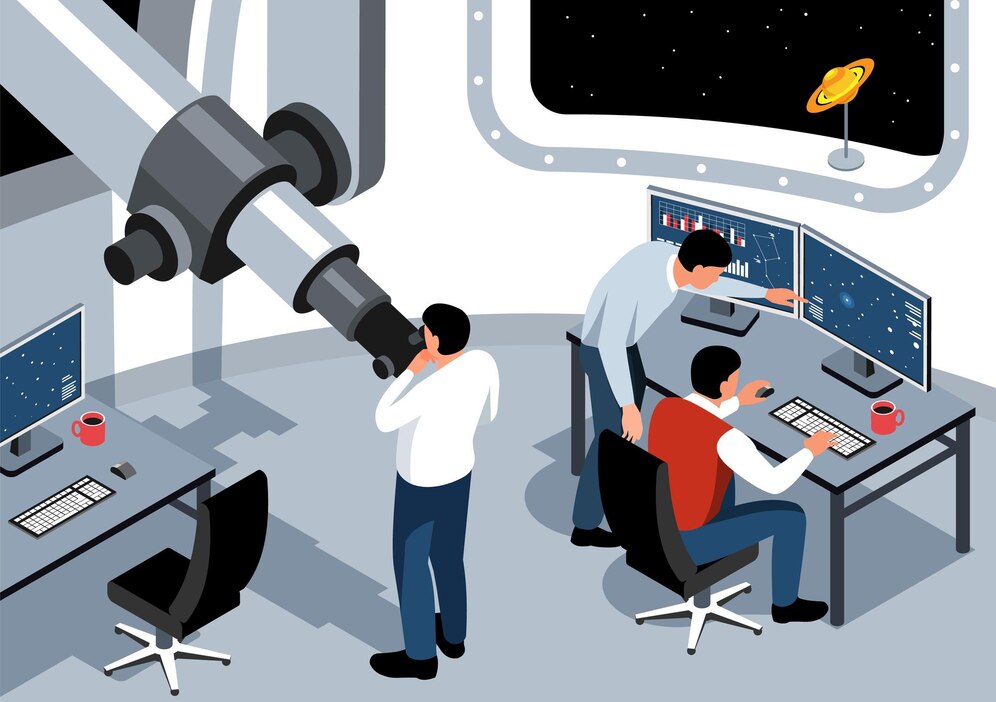CTI ablation, otherwise called cavotricuspid isthmus removal, is an insignificantly intrusive strategy used to treat particular sorts of heart beat problems, explicitly atrial ripple. This article will give an itemized outline of CTI removal, including its motivation, system, recuperation, and possible risks.Purpose of CTI Removal
CTI Ablation is performed to address unusual heart rhythms, or arrhythmias, that begin in the cavotricuspid isthmus, a little area of tissue in the heart. Atrial vacillate is a typical arrhythmia that can cause side effects like palpitations, windedness, and weakness. By focusing on the cavotricuspid isthmus during removal, the objective is to interfere with the unusual electrical signals and reestablish the
heart’s typical musicality.
heart’s typical musicality.
The catheter then conveys energy, like radiofrequency or cryotherapy, to make little scars or sores that block the unusual electrical pathways.The reason for CTI removal is to address strange heart rhythms that start in the cavotricuspid isthmus, a little area of tissue in the heart. Atrial ripple is a typical arrhythmia that can cause side effects like palpitations, windedness, and exhaustion. By focusing on the cavotricuspid isthmus during removal, the objective is to intrude on the unusual electrical signals and reestablish the heart’s ordinary cadence.
Recuperation from CTI removal is commonly fast, with most patients ready to continue their ordinary exercises inside a couple of days. In any case, it is normal to encounter some minor distress at the catheter inclusion site, and demanding activity and truly difficult work ought to be kept away from for a brief period. Follow-up meetings with the electrophysiologist are planned to screen the heart’s cadence and guarantee the outcome of the methodology. While CTI removal is viewed as protected and compelling, similar to any operation, it conveys a few dangers.
These may incorporate draining or contamination at the catheter addition site, harm to the heart’s typical electrical pathways, and uncommon entanglements, for example, blood clumps or stroke. Patients must examine the expected dangers and advantages of CTI removal with their medical services supplier prior to going through the system.
The CTI Ablation Procedure
During CTI removal, a slight, adaptable cylinder called a catheter is embedded into a vein, typically in the crotch, and directed to the heart. Utilizing progressed planning and imaging advances, the electrophysiologist distinguishes the exact area in the cavotricuspid isthmus where the strange electrical signs are spreading. When the objective region is found, the catheter conveys energy, like radiofrequency or cryotherapy, to make little scars or sores that block the strange electrical pathways.

Recovery and Follow-Up of CIT Ablation
After CTI ablation, patients are commonly observed in a recuperation region for a couple of hours prior to being released. It is normal to encounter some minor uneasiness at the catheter addition site, however this typically settle rapidly. Most patients can continue their ordinary exercises inside a couple of days, albeit difficult activity and hard work ought to be kept away from for a brief period. Follow-up meetings with the electrophysiologist are booked to screen the heart’s mood and guarantee the outcome of the strategy.
CTI ablation Potential Risks
While CTI removal is viewed as protected and compelling, similar to any operation, it conveys a few dangers. These may incorporate draining or contamination at the catheter inclusion site, harm to the heart’s typical electrical pathways, and uncommon entanglements, for example, blood clusters or stroke. Patients must talk about the expected dangers and advantages of CTI removal with their medical services supplier prior to going through the method.
Conclusion
In conclusion, CTI removal is an important treatment choice for people with atrial vacillate and different arrhythmias starting in the cavotricuspid isthmus. By grasping the reason, methodology, recuperation, and potential dangers related with CTI removal, patients can come to informed conclusions about their heart care. On the off chance that you or a friend or family member is thinking about CTI removal, talk with a certified electrophysiologist to decide the most suitable treatment plan for your particular condition.
Related Article has anyone died from heart ablation

